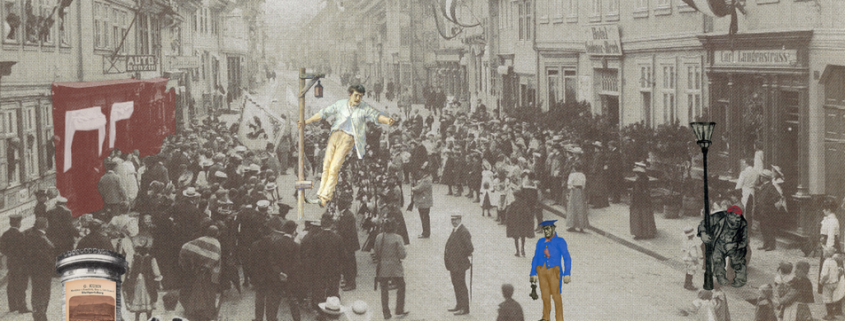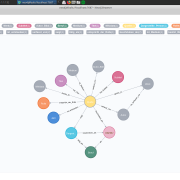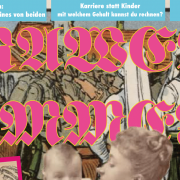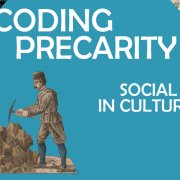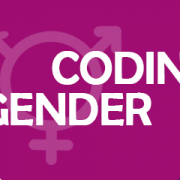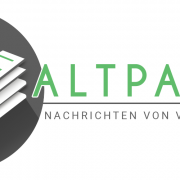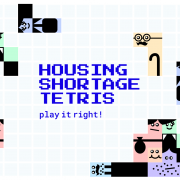Precarious Spaces
This project was developed during the hackathon Coding Precarity and was awarded by the jury in the category “Most Educational”.
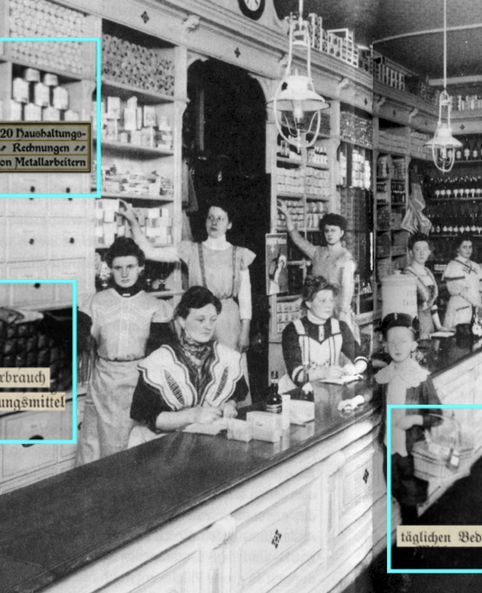
Concept
The digital exhibition “Precarious Spaces”, created during the hackathon “Coding Precarity” at the Berlin State Library, focuses on street as a public space in which precarity is debated and performed.
Those who live and work in precarious conditions are often overlooked and forgotten in public perception. The digital exhibition makes them visible within the fictional street, the center around which other spaces are grouped. The focus on the spatial dimension puts conditions and structures in perspectives, not only individual fates.
Coloured figures act as guides, leading us from the street to other spaces, where exemplary stories about precarious life are told, such as the jail, the grocery store, the inn, the factory. The street riot broaches the issue of protest against precarious conditions.
The frame is set by the historical sources, dating mainly from the 19th and the first half of the 20th century. At the same time, viewers are invited to establish a link to their own experiences, exploring the spaces by themselves. This allows for a low-threshold approach to the complex issue of precarity.
Development
In the concept development phase, the group soon agreed on a narrative approach. The concept allowed for telling different stories, throwing lights on topics such as economic conditions, social decline and marginalisation, which were combined to form a critial overall picture. Every group member thus contributed their own part of the project by creating one space. Finally, a clickable prototype was implemented and subsequently converted into a website.
The group worked with a wide range of documents from different data sets provided by the Berlin State Library and the ZBW. The selection was associative rather than systematic. Statistical data, text snippets, quotes from historical biographies, pictures by Heinrich Zille and caricatures are combined in a collage. Fragments thus form an overall picture of precarity in the exhibition.
We would have liked to add further spaces, such as private appartments, schools, orphanages or asylums, as well as other forms of precarity located in the public space of the street, such as homelessness or prostitution. Another interesting aspect would have been the visualization of relations between the spaces, as for example the paths from the jail to homelessness, from the factory to street riots, and from the inn to prostitution.
Links
https://codingprecarity.brennsuppe.net

More outcomes of the hackathon Coding Precarity can be found here.
